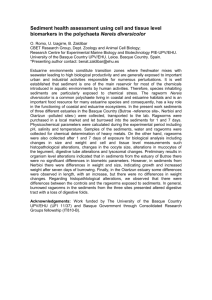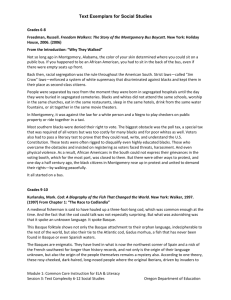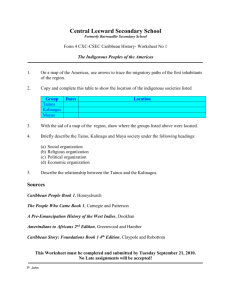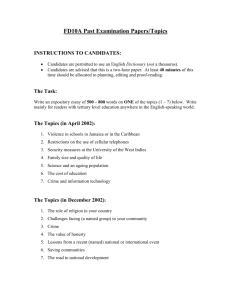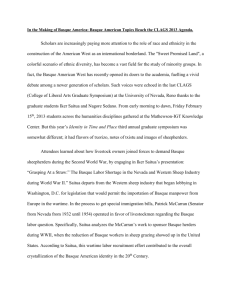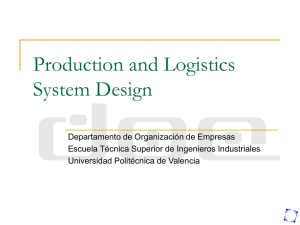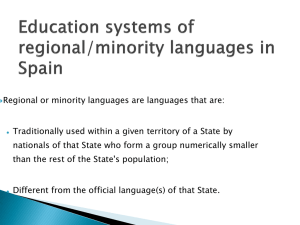a pollution biological effects monitoring pilot program
advertisement
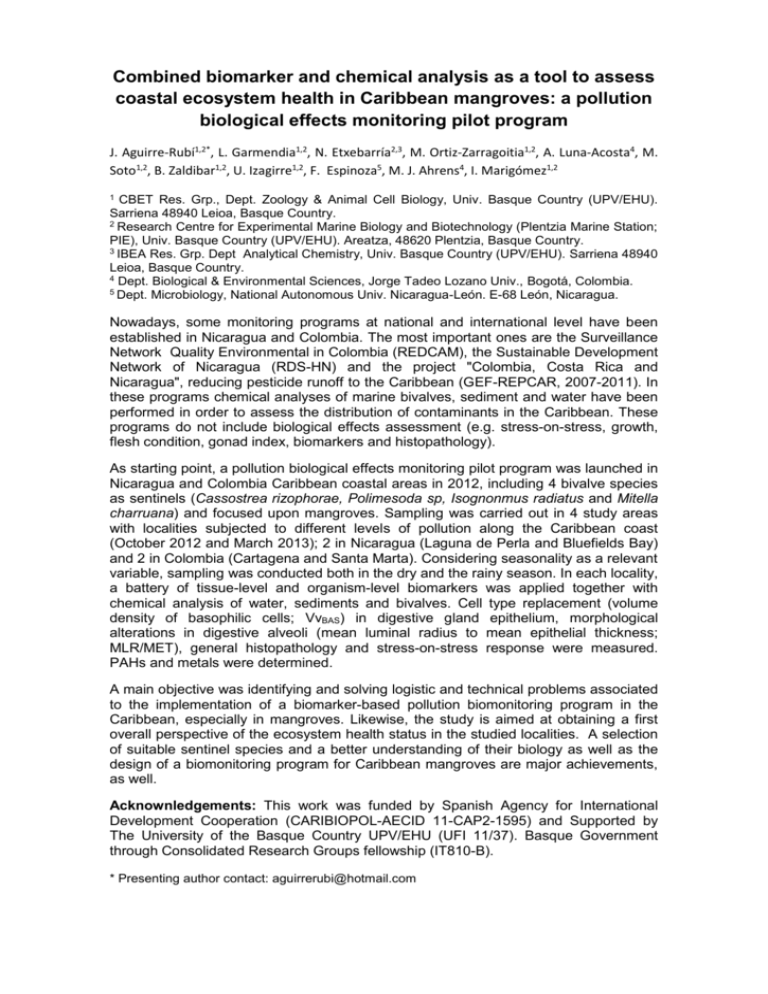
Combined biomarker and chemical analysis as a tool to assess coastal ecosystem health in Caribbean mangroves: a pollution biological effects monitoring pilot program J. Aguirre-Rubí1,2*, L. Garmendia1,2, N. Etxebarría2,3, M. Ortiz-Zarragoitia1,2, A. Luna-Acosta4, M. Soto1,2, B. Zaldibar1,2, U. Izagirre1,2, F. Espinoza5, M. J. Ahrens4, I. Marigómez1,2 1 CBET Res. Grp., Dept. Zoology & Animal Cell Biology, Univ. Basque Country (UPV/EHU). Sarriena 48940 Leioa, Basque Country. 2 Research Centre for Experimental Marine Biology and Biotechnology (Plentzia Marine Station; PIE), Univ. Basque Country (UPV/EHU). Areatza, 48620 Plentzia, Basque Country. 3 IBEA Res. Grp. Dept Analytical Chemistry, Univ. Basque Country (UPV/EHU). Sarriena 48940 Leioa, Basque Country. 4 Dept. Biological & Environmental Sciences, Jorge Tadeo Lozano Univ., Bogotá, Colombia. 5 Dept. Microbiology, National Autonomous Univ. Nicaragua-León. E-68 León, Nicaragua. Nowadays, some monitoring programs at national and international level have been established in Nicaragua and Colombia. The most important ones are the Surveillance Network Quality Environmental in Colombia (REDCAM), the Sustainable Development Network of Nicaragua (RDS-HN) and the project "Colombia, Costa Rica and Nicaragua", reducing pesticide runoff to the Caribbean (GEF-REPCAR, 2007-2011). In these programs chemical analyses of marine bivalves, sediment and water have been performed in order to assess the distribution of contaminants in the Caribbean. These programs do not include biological effects assessment (e.g. stress-on-stress, growth, flesh condition, gonad index, biomarkers and histopathology). As starting point, a pollution biological effects monitoring pilot program was launched in Nicaragua and Colombia Caribbean coastal areas in 2012, including 4 bivalve species as sentinels (Cassostrea rizophorae, Polimesoda sp, Isognonmus radiatus and Mitella charruana) and focused upon mangroves. Sampling was carried out in 4 study areas with localities subjected to different levels of pollution along the Caribbean coast (October 2012 and March 2013); 2 in Nicaragua (Laguna de Perla and Bluefields Bay) and 2 in Colombia (Cartagena and Santa Marta). Considering seasonality as a relevant variable, sampling was conducted both in the dry and the rainy season. In each locality, a battery of tissue-level and organism-level biomarkers was applied together with chemical analysis of water, sediments and bivalves. Cell type replacement (volume density of basophilic cells; VvBAS) in digestive gland epithelium, morphological alterations in digestive alveoli (mean luminal radius to mean epithelial thickness; MLR/MET), general histopathology and stress-on-stress response were measured. PAHs and metals were determined. A main objective was identifying and solving logistic and technical problems associated to the implementation of a biomarker-based pollution biomonitoring program in the Caribbean, especially in mangroves. Likewise, the study is aimed at obtaining a first overall perspective of the ecosystem health status in the studied localities. A selection of suitable sentinel species and a better understanding of their biology as well as the design of a biomonitoring program for Caribbean mangroves are major achievements, as well. Acknownledgements: This work was funded by Spanish Agency for International Development Cooperation (CARIBIOPOL-AECID 11-CAP2-1595) and Supported by The University of the Basque Country UPV/EHU (UFI 11/37). Basque Government through Consolidated Research Groups fellowship (IT810-B). * Presenting author contact: aguirrerubi@hotmail.com
